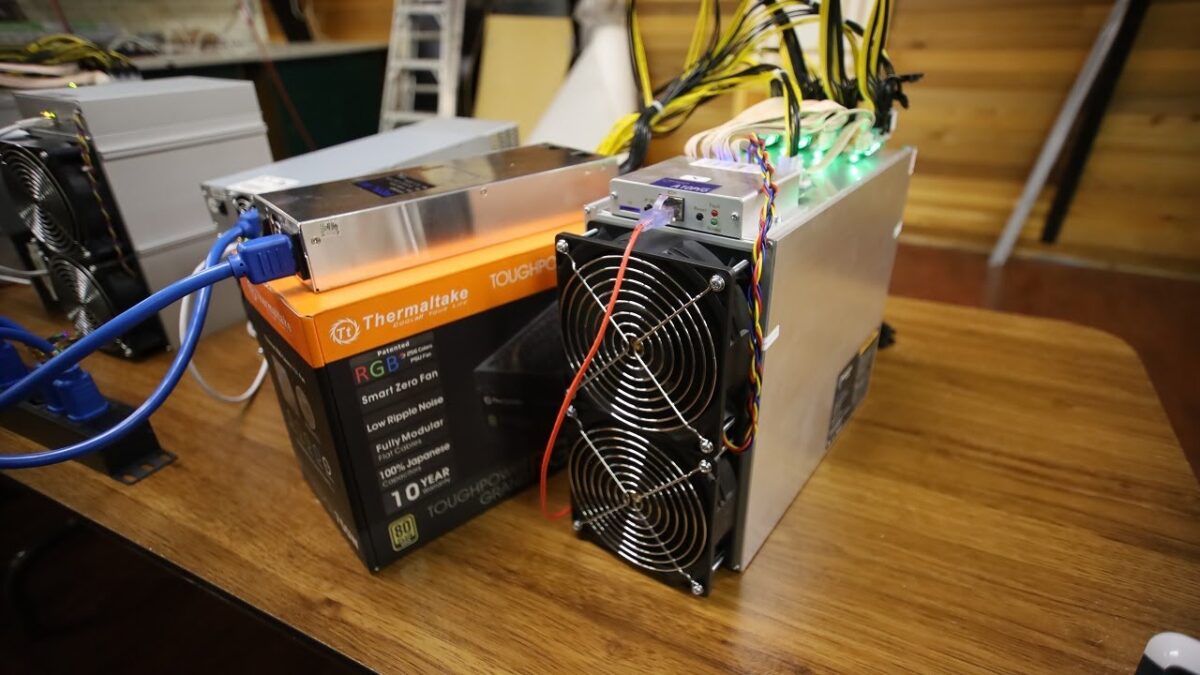
There are a number of different power supplies for electronic devices available, A11 Pro these are usually split into two different types line-frequency and switching power supplies. A line-frequency supply is generally a reasonably straightforward design, but it becomes progressively bulky and hefty for high-current equipment as a consequence of requirement for large mains-frequency transformers and heat-synced digital regulation circuitry.
Common line-frequency PSU’s are frequently called “linear,” that is a misnomer since the conversion from Alternating current current to Direct current is naturally non-linear when the rectifiers supply into capacitive reservoirs.These types of Linear regulators often supply current constraining, defending the unit and attached circuit from overcurrent.
An Alternating current centric unregulated type commonly relies on a transformer to change the voltage from your wall plug to another, these days generally reduced, voltage. If it’s utilized to create Direct current, a rectifier is needed to transform AC voltage to a pulsating direct voltage, then a filter, comprising a number of capacitors, resistors, and sometimes inductors, to filter out almost all of the pulsation. A tiny left over unwanted .
AC voltage component at mains or twice mains power frequency ripple-is unavoidably superimposed on the direct output voltage. For items like charging batteries the ripple is simply not an issue, and the simplest unregulated mains-powered DC PSU circuit consists of a little transformer driving a straightforward diod, which is in series with a regular resistor.
Before the launch of solid-state consumer electronics, equipment used valves which required high voltages; power supplies used step-up transformers, rectifiers, and filters to generate one or more direct voltages of some hundreds of volts, as well as a low alternating voltage for filaments.
AC power supply An AC PSU normally takes the voltage originating from a wall outlet and lessens this into the sought after voltage In addition to decreasing the voltage some filtering usually takes place.
The voltage produced by an unregulated PSU can vary according to the load and also on variations within the AC supply voltage. When it comes to essential consumer electronics applications a linear regulator are often used to set this voltage to some exact value, stabilized towards imbalances in input voltage and strain. The regulator in addition drastically decreases the ripple and noise within the output dc.
Adjustable linear types are routine laboratory and support shop assessment hardware, enabling the output voltage to be altered over a range. One example is, a counter power supply used by circuit developers could be adjustable up to 30 volts and up to 5 amperes end result. Some might be powered by an external signal, for example, for applications requiring a pulsed output.